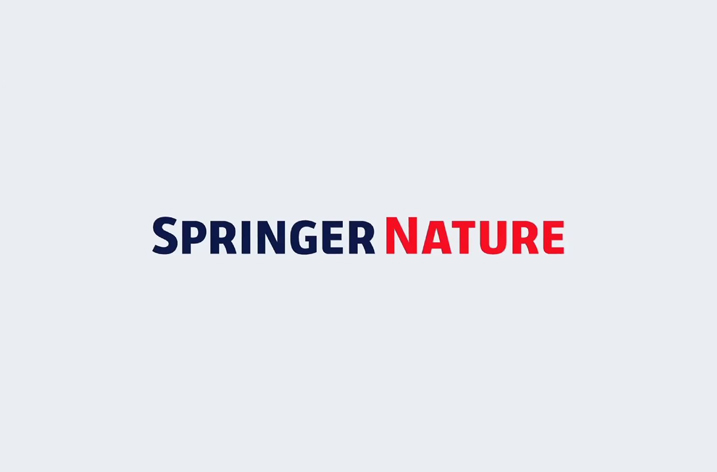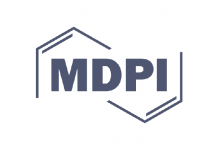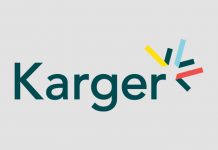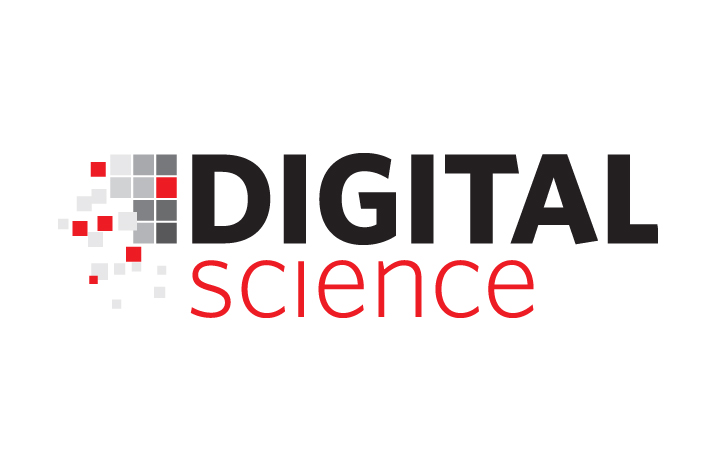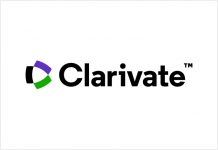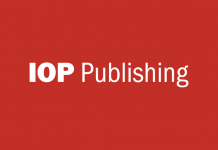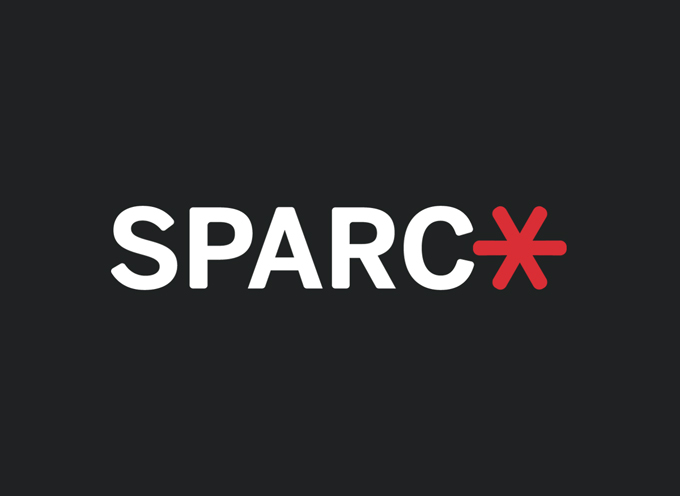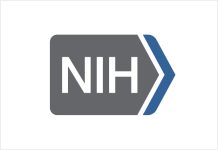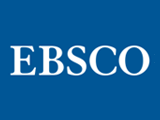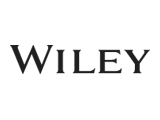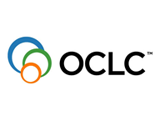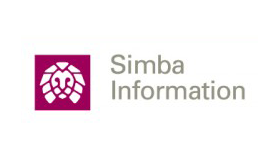Publishing Technology today announced that its longstanding clients, Human Kinetics and the International Monetary Fund (IMF), have joined a new sales representation and distribution venture in China. The agreement is a result of Publishing Technology’s local alliance with CNPIEC, the China National Publications Import and Export (Group) Corporation, and its significant new CNP eReading platform.
Content from Human Kinetics and the IMF will be made available to Chinese institutions and libraries on the recently-launched CNPeReading.com site, hosted locally by the largest and most highly-developed government-sanctioned publication import and export group in the country. CNP eReading currently carries over 200,000 individual book titles from more than 300 international publishers. Combined with sales and marketing support from CNPIEC, the site will instantly extend the reach of both publishers’ content into this rapidly growing market, attracting potentially millions of new readers.
CNPIEC’s strong relationships with national librarians and institutions will provide Human Kinetics and the IMF with up-to-the-minute market information while an experienced local sales team will help them to maximize revenues immediately. Furthermore, the platform engineered by Publishing Technology with DRM-based copyright protection and custom features designed specifically to meet the needs of Chinese institutions will enable local librarians to quickly order, purchase and access content on behalf of researchers and end-users.
Cathy Willis, Marketing Manager at the IMF, commented: “The IMF’s global economic analyses are of great interest to researchers and the academic community in China. Moreover, we believe that the IMF’s high quality research and analysis on China and Asia will be of particular interest to audiences in the region. Broadening our successful partnership with Publishing Technology to improve our access to readers in China was a natural choice for us. Publishing Technology knows us and our content, and through CNPIEC has acquired a significant route into the world’s premier growth market.”
Speaking on the partnership, Barry Johnson, International Development Director at Human Kinetics, also said, “A vast and relatively untapped opportunity for us, China is a market that we have been keen to break into for a long time. Knowing that we will have access to a wide array of metrics, from data reports that show how our content is being accessed to relevant and accurate market information, gives us the confidence we were looking for to make it happen.”


